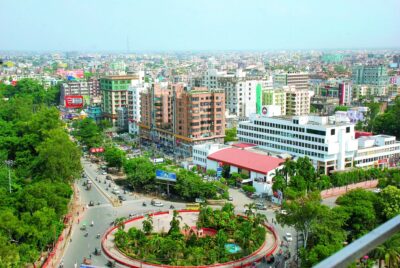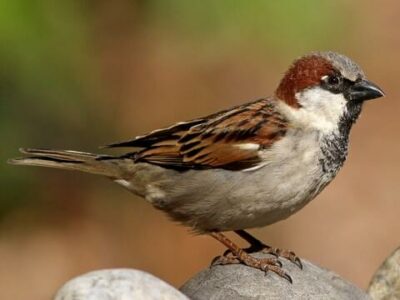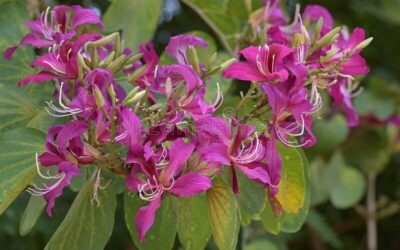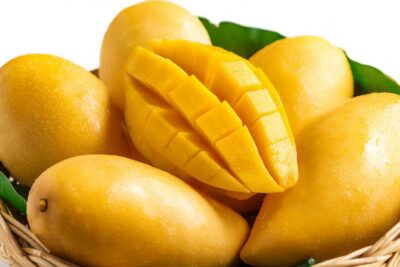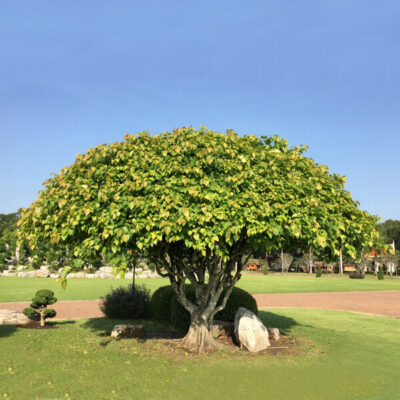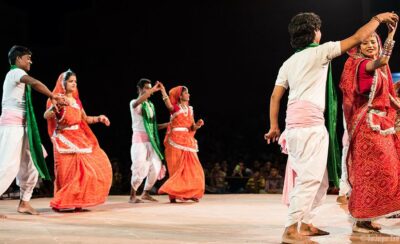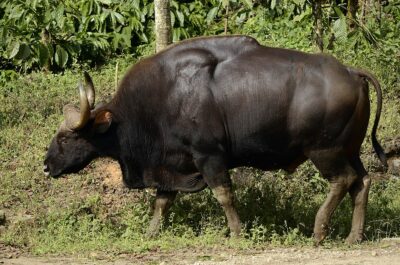State Symbols of Bihar
Last updated on January 21st, 2023 by Editorial Staff
By | Updated on January 21, 2023
Reviewed by Rittika
Bihar is located in eastern India. It is ranked twelfth-largest by territory; third-largest state by population and the world’s fourth-largest subnational entity by population. It is surrounded by Uttar Pradesh on the west side, Nepal on the north, the east side touches West Bengal (northern section), and on the south is Jharkhand. Patna is the capital of Bihar. The Ganges (Ganga) River divides the state into two regions. The middle Gangetic Plain is a combination of both North and South Bihar. The Ghaghara, the Gandak, the Baghmati, the Kosi, the Mahananda, and other rivers flow down from Nepal’s Himalayas, changing channels on their route to the Ganges. The Kosi River has long been recognized as Bihar’s “Sorrow” because of its proclivity for causing devastating floods.
Shri Nitish Kumar is the current Chief Minister and Shri Phagu Chauhan is the present Governor of Bihar. The official languages are Hindi and Urdu, while other Bihari languages such as Maithili, Magahi, Bhojpuri, and others are widely spoken.
Demographical Profile
Bihar has a total size of 94,163 square kilometers with a literacy rate of 62%. The sex ratio is about 934 females per 1000 males. Bihar’s population is expected to reach nearly 13 crores in 2022.
Climate
There are three distinct seasons: the hot-weather season, which lasts from March to mid-June; the southwest monsoon rains season, which lasts from mid-June to October; and the cold-weather season, which lasts from November to February. Except in the far north, May is the hottest month, with temperatures often topping 90 °F. The coolest month observed is January with temperatures below 70°F. The average annual precipitation in the state ranges from around 1,000 mm in the west-central region to more than 1,500 mm in the far north. Between June through October, about all of the rain falls, with July and August being the wettest months. The winter season is the most enjoyable time of the year.
Wildlife and natural vegetation
Bihar’s native vegetation is deciduous forest, but it only covers a small percentage of the state’s overall land area. The majority of forests are found in the Himalayan foothills; those on the plains have been substantially cleared to allow for agricultural development. The Himalayan foothills are home to valuable resin-producing sal trees (Shorea robusta), as well as a plethora of bamboo, reeds, and grasses. Banyans (Ficus benghalensis or F. indica), Bo trees (Ficus religiosa), and palmyra palms are all common trees on the plain. Bihar’s most remote forest regions are home to a variety of huge creatures, including Bengal tigers, leopards, elephants, and a variety of deer. The Kosi River is home to the most crocodiles. Significant populations of the endangered adjutant stork (Leptoptilos dubius) were discovered in the Kosi and Ganges floodplains in the early twenty-first century. Throughout the state, small mammals, birds, reptiles, and fish can be found.
Economy
Amongst Indian states, Bihar ranked as the fourth-largest producer of vegetables and the eighth-largest producer of fruits. Agriculture employs almost 80% of the state’s population, which is more than the national average. The loamy and alluvial characteristic of Bihar’s soils distinguishes them. Every year, sand, silt, and clay are deposited on the soils, rejuvenating them. Every year, the Indo-Gangetic-Brahmaputra river system transports these depositions, which are further distributed by floods. Bihar’s soils are high in potash and limestone, but low in key elements including nitrogen, phosphorus, and hummus.
The cropping pattern, which includes a mix of wet and dry crops, reflects the climate zone’s transitional nature Litchi, guava, mango, pineapple, brinjal, lady’s finger, cauliflower, cabbage, rice, wheat, sugarcane, and sunflower are the principal agricultural products. Rice is the most significant crop in every region, but wheat, corn (maize), barley, and pulses (legumes) are also important. In the northwest, sugarcane is grown in a reasonably well-defined region. Only the easternmost plain districts grow jute, a crop native to the hot, humid lowlands. Potato, chili, and tobacco are also grown in various parts of Bihar.
Cultural life (Art, Music, and Cuisines)
Bihar’s cultural significance dates back to the dawn of civilization. Bihar was once a melting pot of the world’s wealthiest and most diversified ethnicities. The epics Ramayana and Mahabharata, as well as Buddhism, have all played a significant influence in the development of Bihar’s rich culture. The state has a long history with some renowned legendary figures. Mithila is the birthplace of the Madhubani art form pride of Bihar pride that has gained international acclaim. Originally, Madhubani paintings were created by women using vegetable dyes for wall decorating. Bihar is also known for its stone pottery, bamboo crafts, white metal statues, leather items, and wooden toys. Bihar is very well-represented in the performing arts. Bihar’s rich culture includes folk songs, traditional dance, and classical music such as Sumangali, Sohar, Ropnigeet, and Katnigeet.
Bihar has made a significant contribution to Indian classical music. Bihar’s Ustad Bismillah Khan is a Bharat Ratna. Maithili music has various treasures from poets like Vidyapati Thakur and dhrupad singers like the Malliks and the Mishras.
Sarees for women and dhoti-kurtas for men are traditional Indian attire. Biharese clothing is frequently brightly colored.
A genuine cultural experience is incomplete without cuisines unique to that culture or location. Bihar’s traditional lip-smacking dishes, such as Litti- Chokha, Khajuria, Thekua, and Dal Peetha, are not to be missed.
Tourism
Many tourists come to Bihar from all around the world. Two UNESCO World Heritage Sites Mahabodhi Temple (Buddhist temple) and Nalanda Mahavihara (the world’s oldest university) are found in Bihar. The enormous number of ancient structures scattered across Bihar exemplify the state’s culture and heritage. Bihar offers various ecotourism destinations, including Valmiki National Park, which is a well-known national park and tiger reserve.
State Information
| Official Language | Hindi |
| State Rank | 12 |
| Demonym(s) | Bihari |
| Nickname | N/A |
| ISO | IN-BR |
| Formation Date | 26 January 1950 |
| Coordinates | Lat: 25.0961° N, Long: 85.3131° E |
| Area |
State seal
Motto of Bihar
State symbols of Bihar 👇
-
State emblem
-
State capitalPatna
-
State birdHouse Sparrow
-
State flowerKachnar
-
State fruitMango
-
State treePeepal tree
-
State danceJaat-Jaatin
-
State insectHoney bee
-
State animalGaur
-
State dishLitti Chokha


